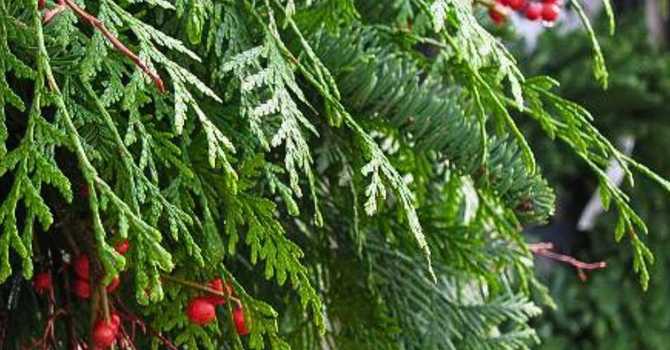
Transforming your backyard into a verdant oasis is a rewarding endeavor that not only enhances the aesthetic appeal of your home but also offers a serene retreat where you can unwind and connect with nature.
Whether you have a spacious lawn or a compact patio, incorporating plants strategically can create a lush, inviting outdoor space. Here's how to embark on this green transformation:
1. Assess Your Space
Before diving into landscaping, evaluate the characteristics of your backyard. Consider the size, soil type, sunlight exposure, and existing vegetation. Understanding these factors will guide your plant selection and design layout, ensuring your green oasis thrives.
2. Define Your Vision
Envision the type of oasis you desire. Do you seek a tranquil Zen garden, a vibrant tropical paradise, or a cozy woodland nook? Your vision will shape the plant choices, color schemes, and overall design. Create a mood board or sketch to visualize the outcome.
3. Choose a Focal Point
Every oasis needs a focal point—an eye-catching feature that anchors the space. It could be a majestic tree, an ornate fountain, or a striking flower bed. Your focal point will guide the viewer's gaze and set the tone for the rest of the backyard.
4. Select a Variety of Plants
Diversity is key to creating a dynamic, visually appealing oasis. Incorporate a mix of trees, shrubs, perennials, and annuals to achieve a balance of heights, textures, and colors. Consider native plants for their adaptability and benefits to local wildlife.
Trees and Shrubs
Select trees and shrubs that complement the size and scale of your backyard. They can provide shade, privacy, and a structural framework for your oasis. Evergreens offer year-round color, while deciduous trees showcase seasonal changes.
Flowering Plants and Perennials
Flowering plants add pops of color and attract pollinators. Choose perennials for long-lasting beauty and annuals for vibrant, seasonal displays. Group plants with similar water and light requirements to simplify maintenance.
Groundcovers and Vines
Groundcovers fill in gaps, add texture, and reduce soil erosion. Vines can adorn fences, trellises, or walls, adding vertical interest and greenery.
5. Create Pathways and Seating Areas
Design meandering paths that invite exploration and lead to different areas of your oasis. Use natural materials like stone or wood to integrate seamlessly with the landscape. Include seating areas where you can relax, dine, or entertain, surrounded by your lush greenery.
6. Implement Layering
Layering plants at varying heights creates depth and interest. Position taller trees and shrubs in the background, mid-height plants in the middle, and shorter flowers and groundcovers in the foreground.
7. Add Personal Touches
Incorporate elements that reflect your personality, such as unique planters, decorative stones, or a collection of your favorite plants. These touches make your green oasis distinctly yours.
8. Maintain Your Oasis
Regular maintenance is crucial to keep your backyard looking its best. Develop a routine for watering, pruning, fertilizing, and pest control. As plants grow and change, adjust your care techniques and landscape design to accommodate their evolving needs.
Conclusion
Transforming your backyard into a green oasis is a journey of creativity and gardening. By thoughtfully selecting plants and designing your space, you can create a beautiful, tranquil retreat that enhances your home and offers a sanctuary to enjoy nature's beauty. Embrace the process, and soon you'll have a lush oasis to call your own.


